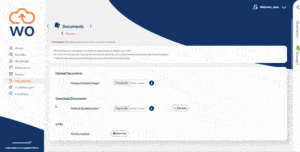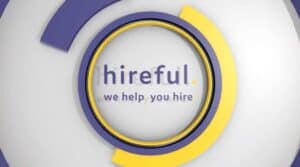What methods do you use to handle and process all of the documentation that needs to be collected from your new starters?
Traditionally, this has been a purely paper-based process. Contracts and offer letters have been printed out and mailed off to successful candidates for signing.
This approach is still commonplace but digital technology has transformed the way that hiring teams are now able to manage this critical area of HR administration.
During a recent webinar, Webonboarding carried out an online survey amongst the viewers to get a snapshot of the different methods currently being used. Here are the results:
How do you manage the sending of contracts and offer letters?
Email 29%
Post & Email 24%
Post 21%
Digital sign 18%
So what are the pros and cons of each of these different methods? Here’s a closer look:
Email (29%)
The ability to email contractual information is fast and simple. Documentation can be easily attached in the form of a PDF or Word document. But the benefits of this approach can often be one-sided.
Although paperwork is emailed, it’s likely that the recipient will still be required to provide an ink signature. This means printing out the attached documents, signing the paperwork and posting off the documents or finding a way to scan back documents once complete.
There are also administrative challenges posed by emailed information. The information that’s gathered via an email will need to be manually transferred into an internal HR system.
The more new hires being handled, the more of an administrative burden this task becomes. As well as sapping resources, it also heightens the risks of errors being made.
Post/email (24%)
Many hiring teams will use a hybrid approach with some documents being emailed and others posted. And as has been mentioned above, emailed documents will often need to be printed out for signing.
This can become a particularly clunky and frustrating process when the recipient doesn’t have easy access to a printer. As more of our communications are handled online, there’s less likelihood of households having a working printer.
Post (21%)
This is the traditional way that it has always been done. It’s also the fundamental reason why onboarding remains such a slow, costly and inefficient process for so many HR teams.
The time it takes to for paper documents to be posted out, signed and returned is what has made onboarding a process which typically takes days or even weeks to complete.
It’s not just inefficient, it also heightens the risk of successful candidates dropping out as they choose alternate job options or have second thoughts about the type of organisation they are joining.
Along with inefficiency, there are all of the ongoing costs of having to print and post documentation and starter packs – paper, printers, ink cartridges, stationery, stamps etc.
Digital signing (18%)
The emergence of digital signing has been the real game-changer for effective onboarding. A system such as Webonboarding provides a cloud-based solution which tackles the inherent problems with both paper and email-based approaches.
Webonboarding provides all of the documentation that a candidate requires via an online portal. They can instantly check contractual information and sign using a digital signature.
All of the information is instantly accessible to HR with no need for data to be manually transferred. With the information in a digital form, it’s easily shared with internal HR software.
It’s an approach the reduces the time required to collect documentation from days or weeks to a matter of minutes. Webonboarding also allows incoming hires to complete the whole process using only their mobile phone.
With these benefits, more organisations are switching over to cloud-based management of onboarding. The forthcoming Good Work Plan legislation makes it a requirement for UK employers to provide ‘employment particulars’ on or before a worker’s first day.
You can find out more information about the Good Work Plan changes and how to make sure your onboarding process is ready here




